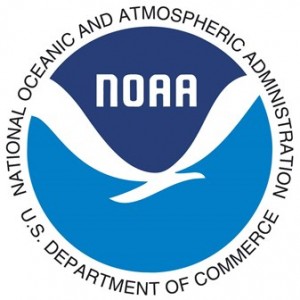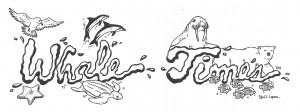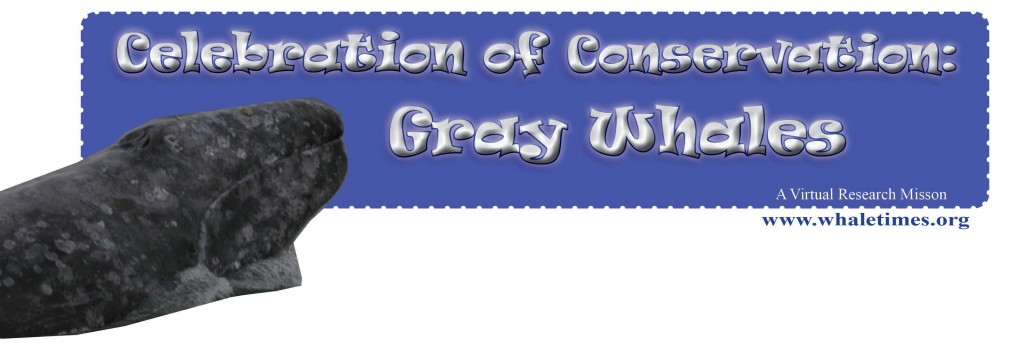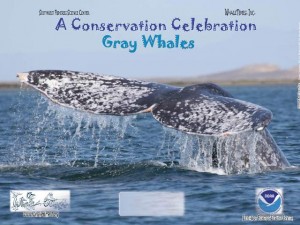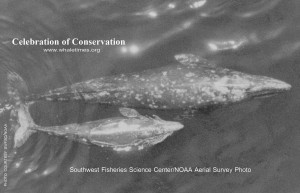Hello Virtual Science Team Members!
The team at Oregon Coast Aquarium’s Oceanscape Network has created an excellent video about whale behaviors for you. This installment of Oceanscape Network’s Science in Seconds provides footage of common whale behaviors you can observe from the water’s surface, whether you’re on a boat or watching whales from shore. Enjoy!
Thanks Oceanscape! And, Virtual Science Team Members, don’t forget to visit the Oceanscape Network at: oceanscape.aquarium.org
Jake, the SeaDog
WhaleTimes


